I have just attended the MHI National Congress in Las Vegas last week.
Jim Clayton was the featured speaker. He covered his history and how Clayton homes got to be the largest manufactured home builder since the 1960’s.
I have given a lot of thought to our industry and what the future may bring to those who survive.
Let’s take a step back and see where the industry was.
My limited experience in this industry had me believe we were similar to the car business like GM. A manufactured home builder is “Saturn” the floor plans were an “ION”. The retailer (Dealer) purchased through a flooring line from a finance company a manufacturer’s floor plan (ION), the retailer paid for it on delivery. This floor plan model was delivered in one, two or three sections “unfinished” in most cases. The retailer having made this purchase took its capital, interest payments and the liability and either stored this placed it on its sales lot or secured a location with a cost and built the home, The retailer hopes it sells quickly and will profit. The manufacturer’s only involvement comes with the limited one year warranty after the home sold to the home buyer. The manufacture now knows who the customer is. In California, demands of the California government agency “CARB” to eliminate formaldehyde from finished goods has the retailer scrambling to rid itself of homes that were compliant and is now an obsolete model and with no value by 12/31/2010. Even the auto maker Toyota has stepped up to help a retailer.
A retailer to survive in business needs to sell its vision of what a home should be; whether in a Manufactured home community or a land home sale. The HUD/UBC models offered by the manufacturers are tried and true however they are not innovative and the public still perceives them to be inferior to standard home construction. The factories must be better pitchmen to promote their product through an “Apple” like advertising campaign to show the “Lennars” they mean business.
The factory perception is still a retailer can buy their manufacture spec. model, can afford to carry multiple models like yesterday and pay for them, run a sales lot with a cash flow expense, keep commissioned sales persons and continue with limited sales. It sounds like a car lot? All the while they have been paid. As is the case of “Saturn” the brand of car is not popular anymore and the support is gone. The number of lenders available today who want to finance “Chattel” homes is limited. The Federal Reserve will at some point have to raise interest rate and this will reduce even more the volume of manufacturer production and buyers who can qualify; while the retailer is left holding all of his assets in his inventory. Would a 10% personal loan interest rate make it better for sales?
Today:
HUD has no guidelines to energy efficiency however the government wants it now, makes conditions and offers rebates for its introduction. The retailer cannot offer it to its customer. The retailer is just like the retail store “Macy’s”. We try and sell products to the public through display and guess the wants and desires of the buyer while keeping very limited supplies. Our buyers are limited on funds and do not have much income or discretionary funds to purchase. We try to stand on our own two feet with our hands tied.
My belief is that all of the manufacturers appear to me to be subcontractors with no retail operations; they rely heavily on the retailer. Most factories have limited sales offices and are structured for retailer order takers with limited exposure to the buyer. Just like the New Home “Stick Built” builders consolidation is happening, the buyers for their inventory are scarce and all of the home buyer’s incomes are less and they have many choices for homes in this foreclosure environment.
Future:
The manufactured home builders are position to be the future of home building in my humble opinion. The recent home builder lawsuits for mold warranty claims, the drop in their home value and the huge volume of foreclosures with government programs for short sales are destroying the conventional builders. The banks have non performing loans. They have many issues to address before they could build a new home again. The conventional builders are still working in old uniform building codes that have changed several times since their last building permits were issued. The new 2011 Title 24 codes are coming and will include energy efficient requirements and may require 3rd party inspection through the course of a home build. The Lender may only lend on new homes that exceed standard construction. Their loss of their experienced subcontractors, their inability to adapt quickly to the new building changes and its implementation, the higher cost of on- site waste, training staff, green technologies and the new codes will take time, understanding, third party inspections and money before builder considers it next new home building project. They just might seek the help of the factory built manufactures to assist and to off-set their lack of experience and time to make a future project profitable in this new upcoming era of new home construction.
Steve Lefler is Vice President of Modular Lifestyles, Inc. Advanced Certified “Green” Building Professional “CGBP” and Build it Green Member. lef39@yahoo.com
Notice: As with all INdustry Voices guest blog posts, the views represented are that of the author and may or may not reflect the views of www. MHMSM.com



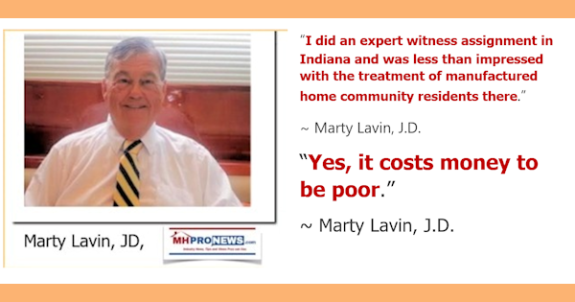
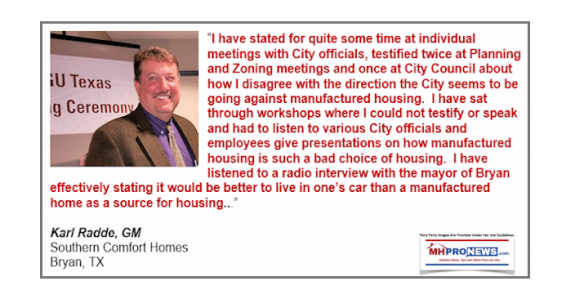
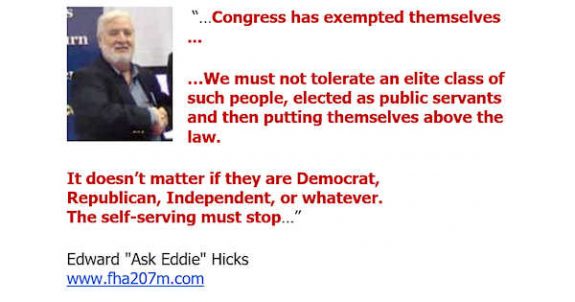
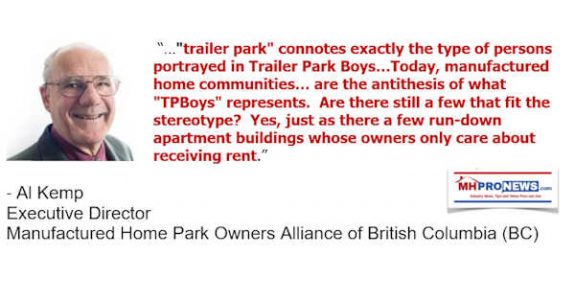
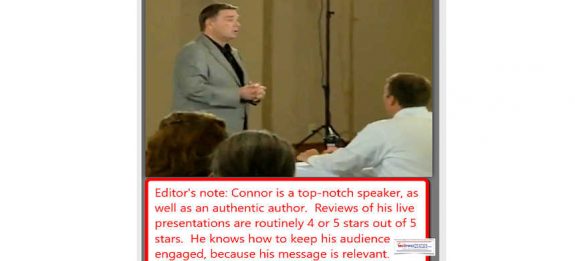
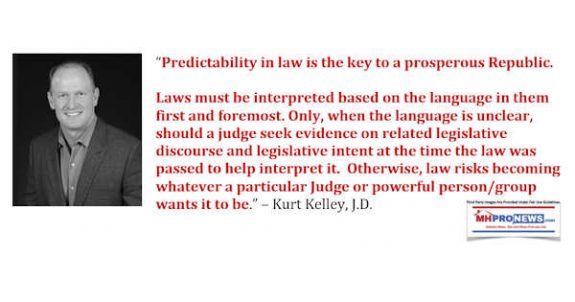
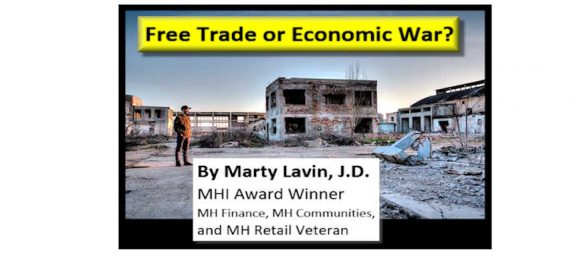
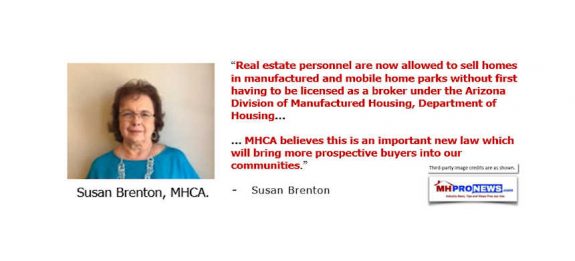
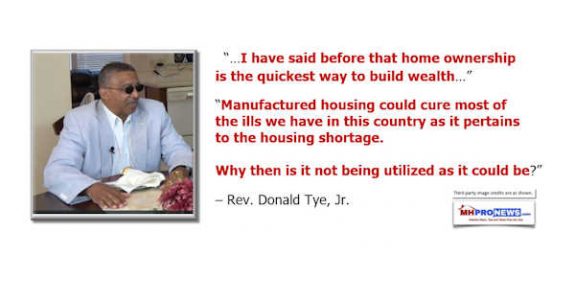
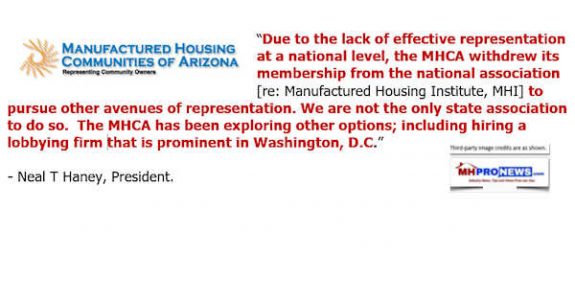

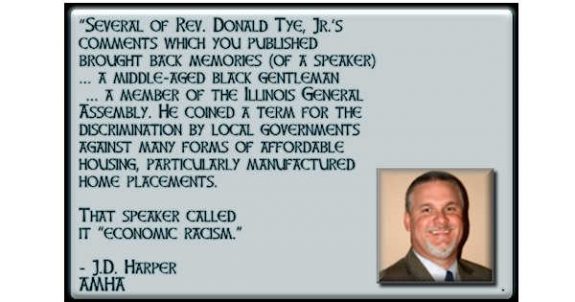
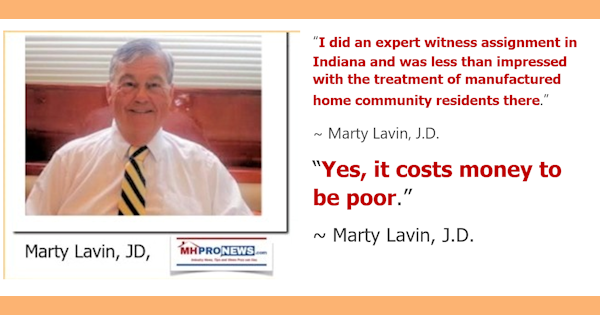
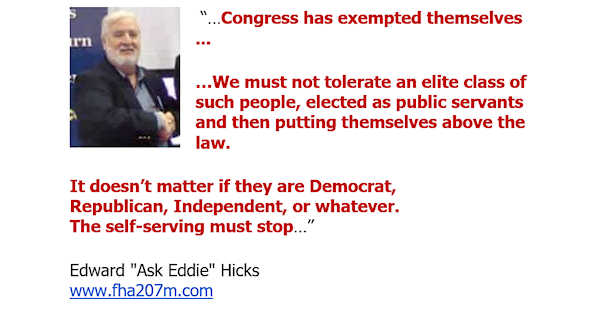
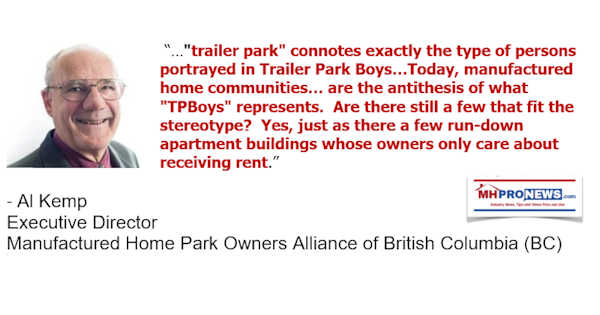
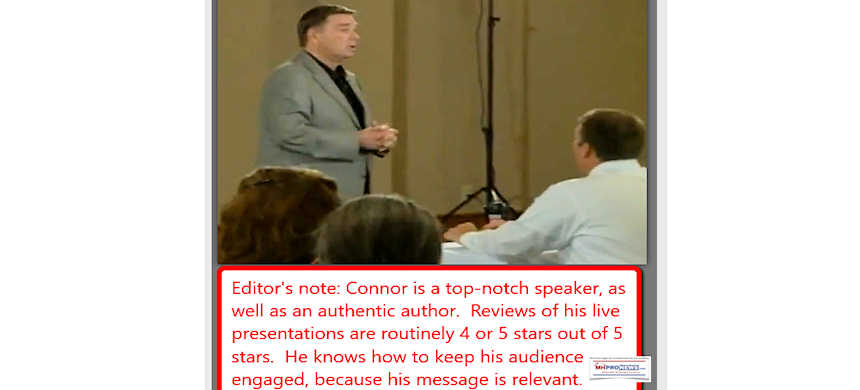
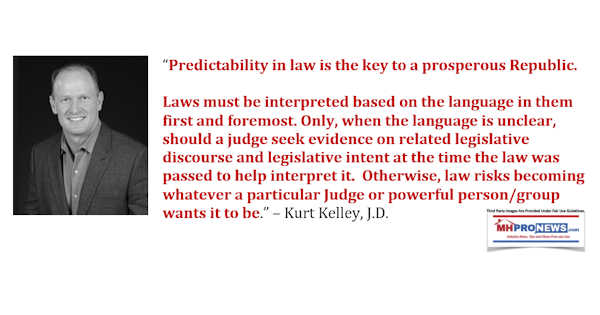
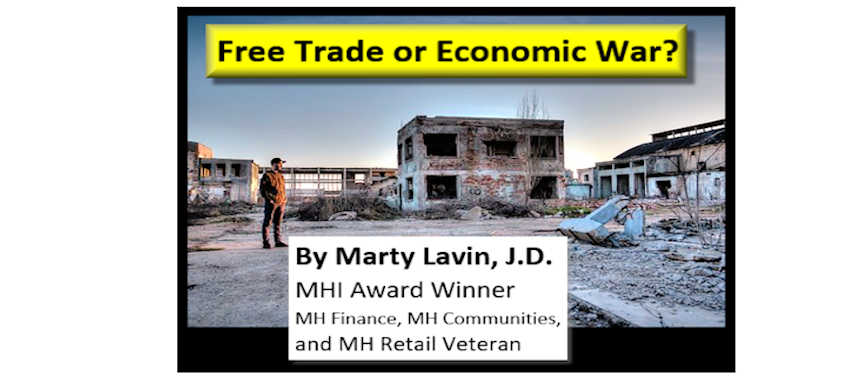
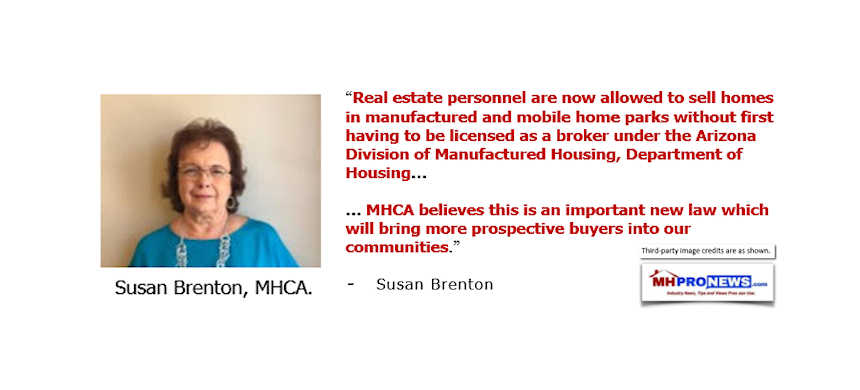
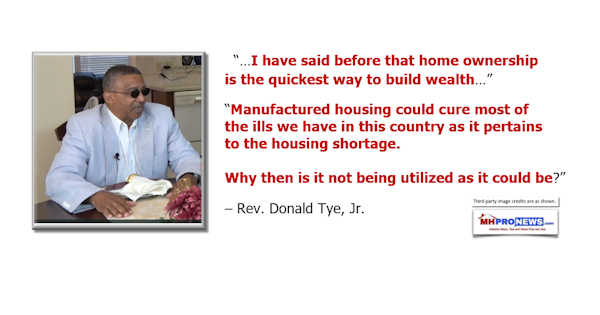
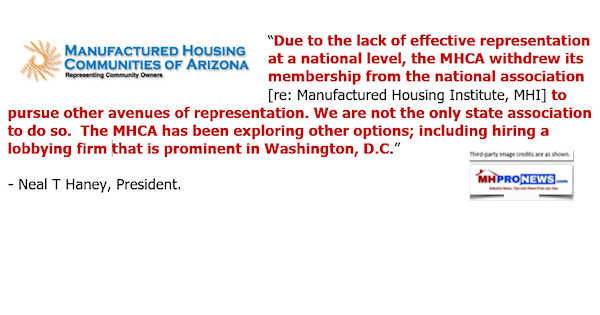

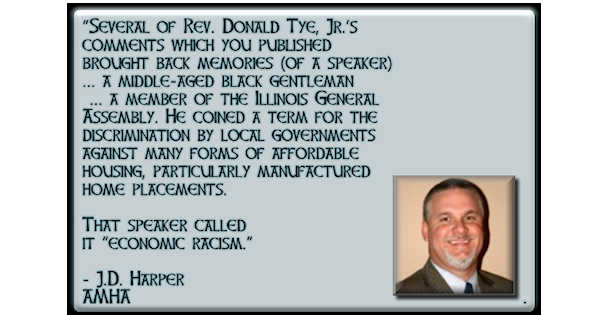
Karl Radde – TMHA, MHI, Southern Comfort Homes – Addressing Bryan City Leaders, Letter on Proposed Manufactured Home Ban
To All Concerned [Bryan City Officials, Others]: As the retail location referenced by Mr. Inderman, I would like to take a moment to address the …